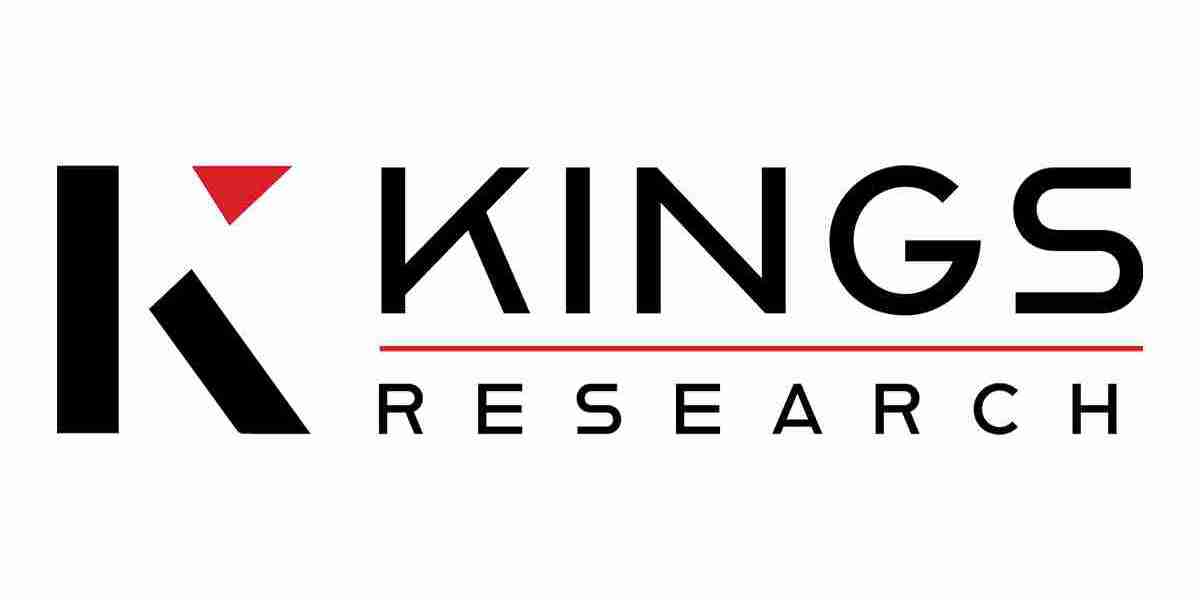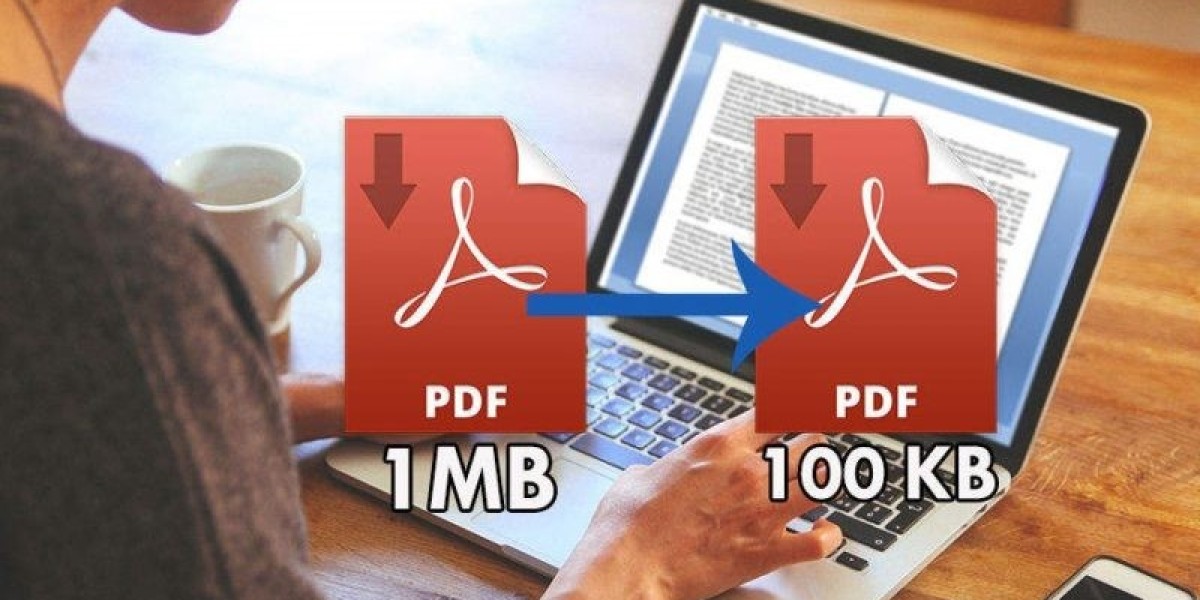Introduction
In today’s fast-paced work environment, 1v1 meets (one-on-one meetings) have become a crucial tool for managers, employees, and professionals to foster communication, alignment, and growth. Whether you're a team leader, a remote worker, or an entrepreneur, mastering the art of 1v1 meetings can significantly improve productivity, engagement, and workplace relationships.
This comprehensive guide will cover:
What is a 1v1 meet?
Why are 1v1 meetings important?
How to prepare for a successful 1v1 meet
Best practices for conducting effective 1v1 meetings
Common mistakes to avoid
Tools to enhance your 1v1 meet experience
By the end of this article, you’ll have a clear understanding of how to make your 1v1 meets more productive and meaningful.
What is a 1v1 Meet?
A 1v1 meet (one-on-one meeting) is a dedicated time where two individuals—typically a manager and an employee—discuss work-related topics, career development, challenges, and feedback. Unlike team meetings, 1v1 meetings focus on individual needs, ensuring personalized attention and open communication.
Key Characteristics of a 1v1 Meet:
Private & Confidential – Allows for honest discussions.
Structured Yet Flexible – Has an agenda but adapts to the participant’s needs.
Regular & Consistent – Typically held weekly, bi-weekly, or monthly.
Why Are 1v1 Meetings Important?
Effective 1v1 meets contribute to:
1. Improved Communication
Encourages open dialogue between managers and employees.
Reduces misunderstandings by addressing concerns early.
2. Enhanced Employee Engagement
Employees feel heard and valued.
Increases motivation and job satisfaction.
3. Better Performance & Productivity
Regular feedback helps employees improve.
Aligns individual goals with company objectives.
4. Stronger Work Relationships
Builds trust between team members and leaders.
Helps identify and resolve conflicts early.
5. Career Growth & Development
Provides opportunities for mentorship and skill-building.
Helps employees set and achieve career goals.
How to Prepare for a Successful 1v1 Meet
Proper preparation ensures that 1v1 meetings are productive and valuable for both participants.
For Managers:
✅ Set a Clear Agenda – Outline key discussion points (e.g., progress updates, challenges, career goals).
✅ Review Previous Notes – Follow up on action items from past meetings.
✅ Ask for Employee Input – Encourage the employee to add topics they want to discuss.
✅ Choose the Right Environment – Opt for a quiet, distraction-free space (or a stable virtual meeting platform for remote teams).
For Employees:
✅ Prepare Talking Points – List achievements, challenges, and questions.
✅ Bring Data & Examples – Use metrics to highlight progress or roadblocks.
✅ Think About Career Goals – Be ready to discuss long-term aspirations.
✅ Be Open to Feedback – Approach the meeting with a growth mindset.
Best Practices for Conducting Effective 1v1 Meetings
To maximize the impact of your 1v1 meets, follow these best practices:
1. Start with a Personal Check-In
Begin with a casual conversation to build rapport (e.g., “How was your weekend?”).
Helps ease tension and encourages openness.
2. Follow a Structured Agenda
Example structure:
5 min: Personal check-in
10 min: Work updates & challenges
10 min: Feedback & career development
5 min: Action items & next steps
Also checkout more games : 1v1 meet
3. Practice Active Listening
Avoid interruptions and give full attention.
Ask follow-up questions like, “Can you elaborate on that?”
4. Provide Constructive Feedback
Use the SBI Model (Situation-Behavior-Impact) for clear feedback.
Example: “In yesterday’s meeting (Situation), you interrupted a colleague (Behavior), which made them hesitant to share ideas (Impact).”
5. Focus on Solutions, Not Just Problems
Instead of dwelling on issues, brainstorm actionable solutions together.
6. Document Key Takeaways
Summarize decisions and action items in shared notes (Google Docs, Notion, etc.).
7. End with Clear Next Steps
Define who will do what by when.
Example: “You’ll send the project update by Friday, and I’ll review it by Monday.”
Common Mistakes to Avoid in 1v1 Meets
Even well-intentioned 1v1 meetings can go wrong if these mistakes occur:
❌ Canceling or Rescheduling Frequently – Shows a lack of priority.
❌ Dominating the Conversation – Managers should listen more than they speak.
❌ Ignoring Employee Concerns – Dismissing issues reduces trust.
❌ Being Too Formal or Rigid – Flexibility encourages honest discussions.
❌ Skipping Follow-Ups – Failing to act on discussed items undermines the meeting’s value.
Top Tools to Enhance Your 1v1 Meet Experience
Leveraging technology can make 1v1 meetings more efficient and organized.
1. Calendar & Scheduling Tools
Calendly – Automates meeting scheduling.
Google Calendar – Sets reminders and blocks time.
2. Note-Taking & Collaboration Apps
Notion – Stores meeting notes and action items.
Evernote – Organizes discussion points.
3. Feedback & Performance Platforms
Lattice – Tracks employee growth and feedback.
15Five – Facilitates continuous check-ins.
4. Video Conferencing for Remote Teams
Zoom – Reliable for virtual 1v1 meets.
Microsoft Teams – Integrates with workplace tools.
Conclusion: Mastering the Art of 1v1 Meets
1v1 meets are more than just routine check-ins—they are powerful opportunities to build trust, enhance performance, and drive professional growth. By preparing effectively, following best practices, and avoiding common pitfalls, you can transform your 1v1 meetings into a cornerstone of a thriving workplace culture.
Key Takeaways:
✔ 1v1 meets improve communication, engagement, and productivity.
✔ Preparation (agenda, notes, environment) is crucial for success.
✔ Active listening, feedback, and follow-ups make meetings impactful.
✔ Use tools like Calendly, Notion, and Zoom to streamline the process.
Start implementing these strategies today, and watch your 1v1 meets become more meaningful and results-driven!
FAQs About 1v1 Meets
Q: How often should 1v1 meetings be held?
A: Ideally weekly or bi-weekly, depending on team needs.
Q: What if an employee is hesitant to speak in 1v1 meets?
A: Build trust over time, ask open-ended questions, and reassure confidentiality.
Q: How long should a 1v1 meet last?
A: Typically 30 minutes to an hour—long enough to cover key topics without dragging.








